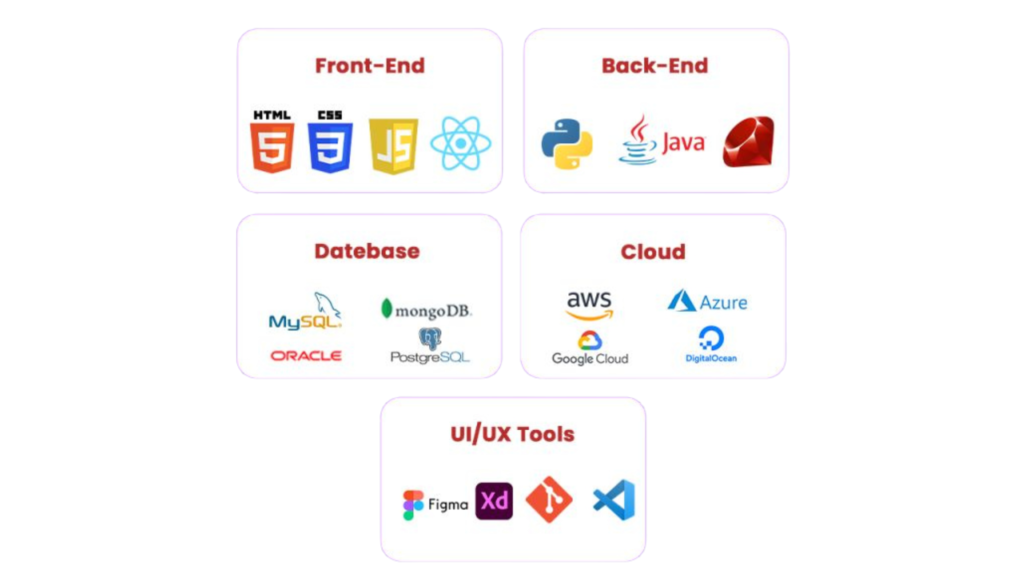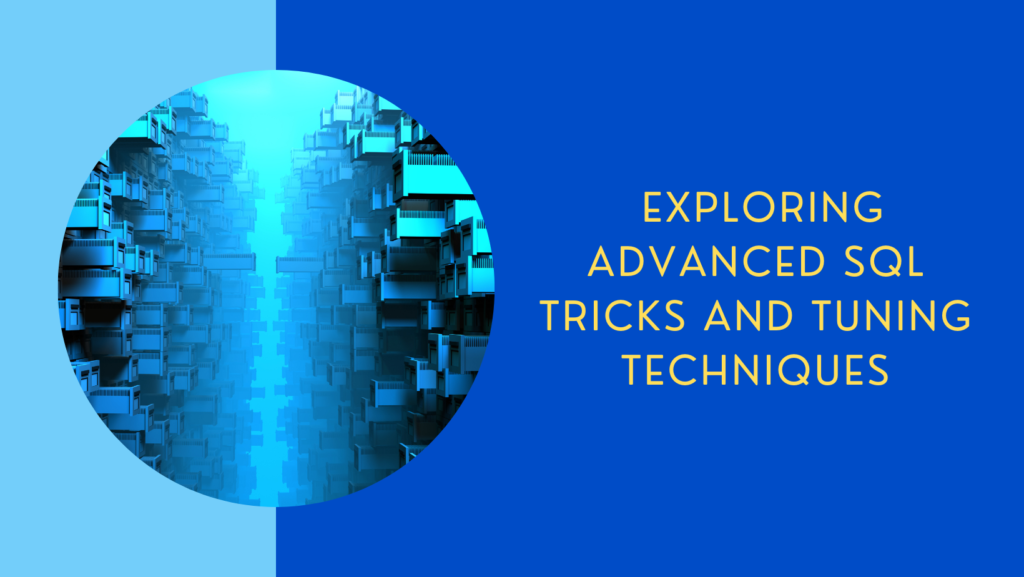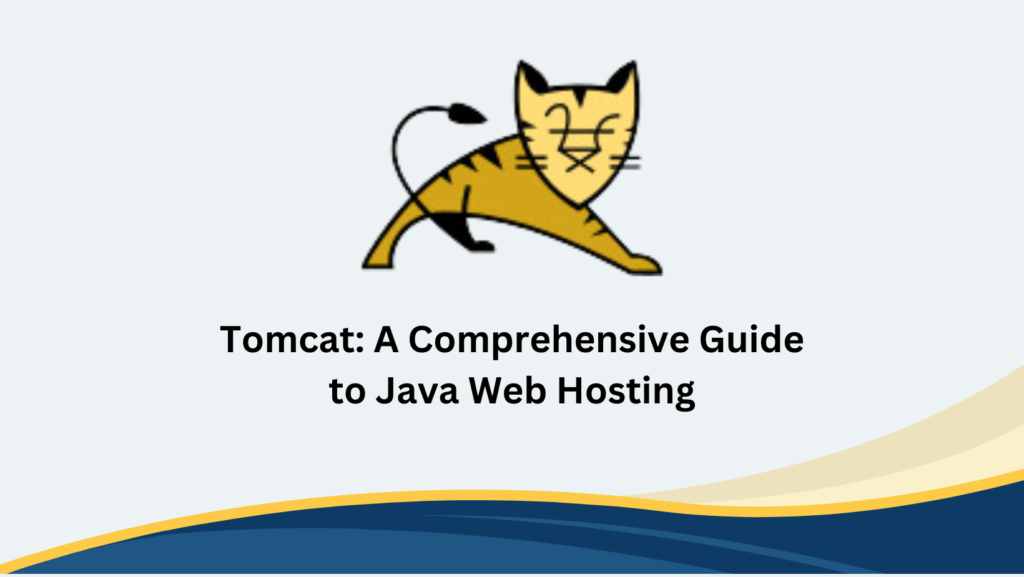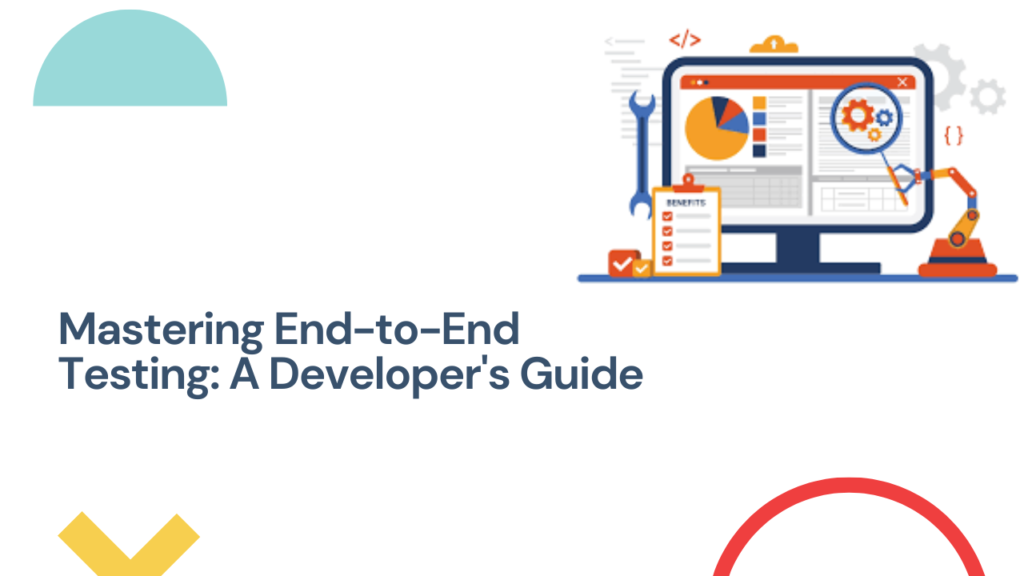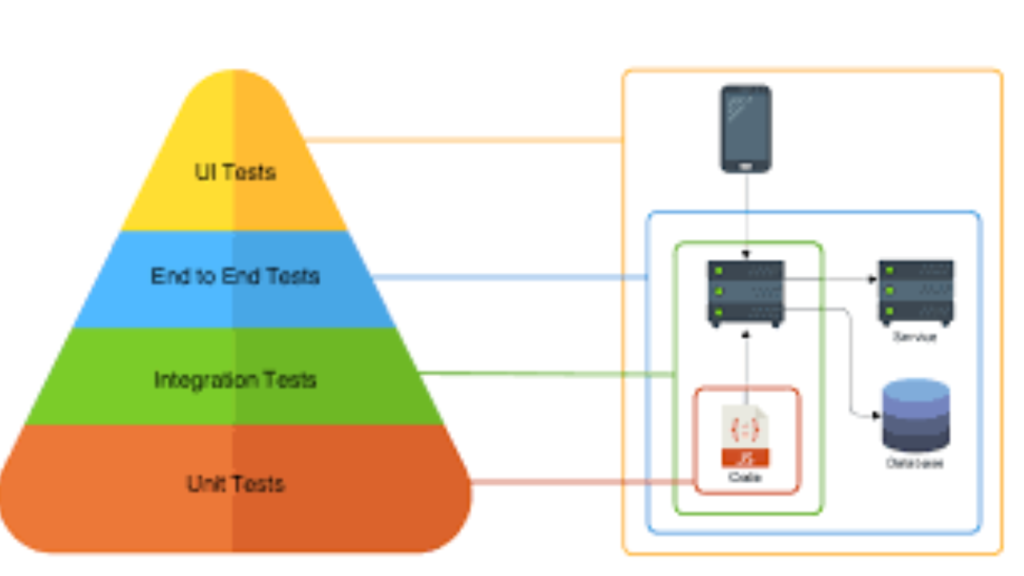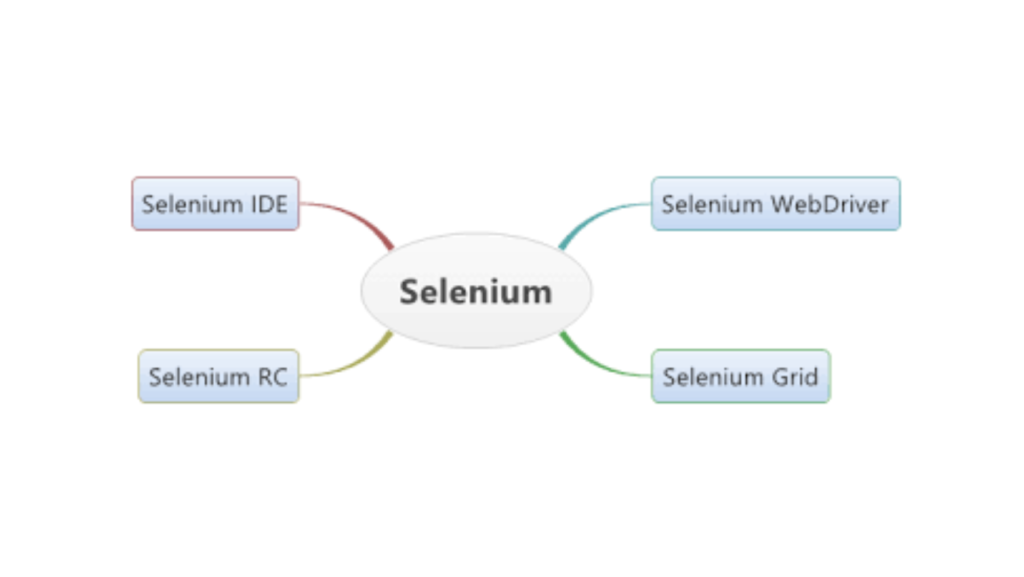Demystifying Oracle CPQ: Benefits, Functionality, and Implementation Challenges

Introduction:
In today’s dynamic business landscape, streamlining the sales process and delivering accurate quotes quickly is crucial for staying competitive. This is where Configure, Price, Quote (CPQ) solutions come into play, and Oracle CPQ stands out as a powerful tool for businesses aiming to optimize their sales operations. In this blog post, we’ll delve into what Oracle CPQ is, explore its benefits, understand how it works through examples, and address the implementation challenges companies may encounter along the way.
What Is Oracle CPQ?
Oracle CPQ, part of the Oracle CX Cloud suite, is a comprehensive CPQ solution designed to streamline the quote-to-cash process. It enables sales teams to configure complex products and services, accurately price them based on predefined rules and configurations, and generate professional quotes and proposals quickly. Oracle CPQ empowers businesses to deliver personalized quotes, ensuring that each offering meets the unique needs and preferences of customers.
The Benefits of Oracle CPQ:
- Enhanced Efficiency: Oracle CPQ automates manual tasks, reducing the time and effort required to create quotes. Sales representatives can generate accurate quotes in minutes, accelerating the sales cycle.
- Improved Accuracy: With Oracle CPQ’s rules-based configuration engine, pricing and quoting errors are minimized. Sales teams can confidently offer quotes that align with pricing guidelines and business rules.
- Personalized Selling: Oracle CPQ enables sales reps to tailor quotes to individual customer needs. By offering relevant product options and pricing, businesses can increase customer satisfaction and drive upsell opportunities.
- Visibility and Insights: Oracle CPQ provides real-time visibility into the quote pipeline and sales performance metrics. This data empowers sales leaders to make informed decisions and optimize sales strategies.
- Scalability: Whether dealing with a few products or a vast portfolio, Oracle CPQ scales to meet the needs of businesses of all sizes. It can handle complex configurations and pricing structures, supporting growth and expansion initiatives.
How Does Oracle CPQ Work with Examples:
Let’s consider an example to illustrate how Oracle CPQ works in a real-world scenario:
Example Scenario: Imagine a telecommunications company offering various subscription plans for internet services. A customer contacts the sales team, expressing interest in a high-speed internet plan with specific add-on features.
Step 1: Configuration Using Oracle CPQ, the sales rep enters the customer’s requirements into the system. The CPQ solution guides them through the configuration process, ensuring that the selected options are compatible and meet business rules.
Step 2: Pricing Based on the configured solution, Oracle CPQ calculates the price according to predefined pricing rules. It considers subscription tiers, add-on features, discounts, and promotions.
Step 3: Quoting Oracle CPQ generates a professional quote tailored to the customer’s needs. The quote includes detailed information about the selected plan, pricing breakdown, terms, and conditions, providing a clear overview of the proposed offering.
Implementation Challenges with Oracle CPQ:
While Oracle CPQ offers significant benefits, implementing it successfully may present challenges for organizations. Here are some common hurdles and examples of how to address them:
- Complex Integration Requirements: Integrating Oracle CPQ with existing CRM or ERP systems can be complex. For instance, syncing customer data between systems and ensuring seamless data flow may require specialized expertise.
- Customization Complexity: Customizing Oracle CPQ to align with unique business processes and pricing models can be challenging. For example, configuring complex product rules and workflows may require dedicated resources and technical knowledge.
- User Adoption: It can be challenging to encourage sales teams to embrace Oracle CPQ and leverage its full capabilities. Providing comprehensive training and ongoing support can help overcome resistance to change and ensure user adoption.
- Data Quality Issues: Maintaining accurate product and pricing data within Oracle CPQ is crucial for generating accurate quotes. Addressing data quality issues, such as outdated product information or pricing inconsistencies, requires regular data governance efforts.
Let’s dive into a couple more examples to illustrate further how Oracle CPQ operates:
Example 1: Manufacturing Custom Equipment Imagine a manufacturing company specializing in customized industrial equipment. A client approaches them with a request for a bespoke solution tailored to their specific production requirements.
Step 1: Configuration Using Oracle CPQ, the sales team collaborates with the client to define the intricate specifications of the equipment needed. They input parameters such as size, capacity, material preferences, and any specialized features required. Oracle CPQ’s intuitive interface guides them through the process, ensuring that each selection aligns with the client’s needs and the company’s capabilities.
Step 2: Pricing With the configuration finalized, Oracle CPQ springs into action to compute the pricing for the custom equipment. It considers factors such as raw material costs, labor expenses, overheads, and profit margins. Additionally, any applicable discounts or promotions are applied based on predefined rules. The result is a comprehensive pricing breakdown that reflects both the value delivered and the company’s financial objectives.
Step 3: Quoting Oracle CPQ generates a polished quote detailing the customized equipment solution. The quote includes a comprehensive overview of the configured specifications, the pricing breakdown, delivery timelines, and terms and conditions. By presenting a professional and transparent quote, the sales team instills confidence in the client and lays the foundation for a successful partnership.
Example 2: Software as a Service (SaaS) Subscription Consider a software company offering a suite of SaaS solutions tailored to different industries and business sizes. A prospective client reaches out to explore options for implementing a cloud-based software solution within their organization.
Step 1: Configuration Utilizing Oracle CPQ, the sales representative engages in a consultative dialogue with the client to understand their business requirements and objectives. They explore various modules and features offered within the software suite and configure a solution that aligns with the client’s needs, such as user licenses, data storage capacities, and additional integrations.
Step 2: Pricing Oracle CPQ employs its rules-based pricing engine to calculate the subscription fees for the tailored software solution. Factors such as the number of user licenses, tiered pricing structures based on usage, and any promotional discounts are considered in the pricing calculation. The resulting quote provides a transparent breakdown of costs, ensuring that the client understands the value proposition and investment required.
Step 3: Quoting Oracle CPQ generates a comprehensive quote outlining the configured software solution. The quote includes details such as the selected modules and features, pricing breakdown per user license, subscription duration, and terms of service. By presenting a clear and customized quote, the sales team demonstrates their commitment to meeting the client’s needs and fostering a long-term partnership.
These examples showcase the versatility of Oracle CPQ in facilitating complex sales processes across diverse industries. From manufacturing customized equipment to offering subscription-based software solutions, Oracle CPQ empowers sales teams to configure, price, and quote tailored solutions with precision and efficiency.
Conclusion:
Oracle CPQ offers a powerful solution for streamlining the quote-to-cash process, empowering businesses to deliver accurate quotes quickly and efficiently. By understanding its benefits, functionality, and potential implementation challenges, organizations can maximize the value of Oracle CPQ and drive sales effectiveness in today’s competitive marketplace.
Interested in mastering Oracle CPQ? Enroll with IgnisysIT for a course for comprehensive training. Have questions? Drop them in the comments, and our experts will be happy to assist you!


